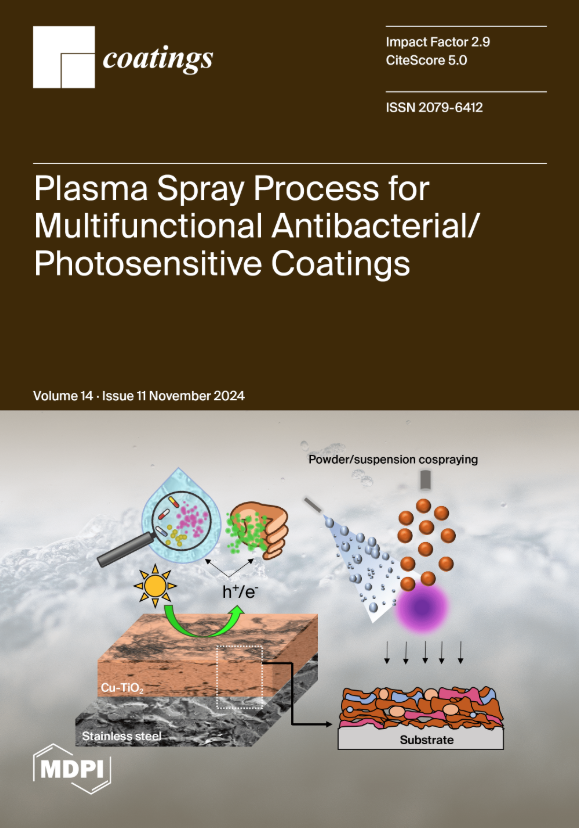Study on Characterization of Phase Transition in Continuous Cooling of Carbon Steel Using In Situ Thermovoltage Measurement
IF 2.8
3区 材料科学
Q2 MATERIALS SCIENCE, COATINGS & FILMS
引用次数: 0
Abstract
In this paper, a self-designed and enhanced thermovoltage measuring device was built to capture thermovoltage curves of 45 steel during continuous cooling. The phase zones of the thermovoltage curve were interpreted based on the Engel–Brewer electron theory and Fe-Fe3C phase diagram. The results show that the curve was stratified into three homogeneous phase zones and two-phase transition zones as follows: Zone Ι: single-phase austenite (A) zone; Zone III: austenite and ferrite (A+F) homogeneous phase zone; Zone V: ferrite and pearlite (P+F) homogeneous phase zone; Zone II: austenite to ferrite (A-F) phase transition zone; and Zone IV: austenite to pearlite (A-P) phase transition zone. Notably, the deflection point marked the transition temperature, which indicates that the thermovoltage curve can quantitatively characterize phase formation and transformation, as well as the phase transformation process. Furthermore, the sample was quenched at the measured ferrite phase transition temperature. Microstructure observations, electron probe microanalyzer (EPMA) and microhardness measurements corroborated our findings. Specifically, our experiments reveal ferrite precipitation first from the cold end at the phase transition temperature, leading to increased carbon content in adjacent austenite. The results of this study achieved the in situ characterization of bulk transformations during the materials heat treatment process, which expands the author’s research work conducted previously.利用现场热电压测量表征碳钢连续冷却过程中的相变研究
本文构建了一种自行设计的增强型热电压测量装置,用于捕捉 45 钢在连续冷却过程中的热电压曲线。根据恩格尔-布鲁尔电子理论和 Fe-Fe3C 相图对热电压曲线的相区进行了解释。结果表明,曲线分层为以下三个均相区和两个相变区:Ι区:单相奥氏体(A)区;Ⅲ区:奥氏体和铁素体(A+F)均相区;Ⅴ区:铁素体和波来石(P+F)均相区;Ⅱ区:奥氏体向铁素体(A-F)相转变区;Ⅳ区:奥氏体向波来石(A-P)相转变区。值得注意的是,偏转点标志着转变温度,这表明热电压曲线可以定量表征相的形成和转变以及相变过程。此外,样品在测得的铁素体相变温度下进行了淬火。显微结构观察、电子探针显微分析仪(EPMA)和显微硬度测量证实了我们的发现。具体而言,我们的实验表明,在相变温度下,铁素体首先从冷端析出,导致邻近奥氏体中的碳含量增加。这项研究成果实现了对材料热处理过程中块体转变的原位表征,拓展了作者之前的研究工作。
本文章由计算机程序翻译,如有差异,请以英文原文为准。
求助全文
约1分钟内获得全文
求助全文
来源期刊

Coatings
Materials Science-Surfaces, Coatings and Films
CiteScore
5.00
自引率
11.80%
发文量
1657
审稿时长
1.4 months
期刊介绍:
Coatings is an international, peer-reviewed open access journal of coatings and surface engineering. It publishes reviews, research articles, communications and technical notes. Our aim is to encourage scientists to publish their experimental and theoretical results in as much detail as possible. There is no restriction on the length of the papers. Full experimental and/or methodical details must be provided. There are, in addition, unique features of this journal:
* manuscripts regarding research proposals and research ideas will be particularly welcomed
* electronic files or software regarding the full details of the calculation and experimental procedure - if unable to be published in a normal way - can be deposited as supplementary material
 求助内容:
求助内容: 应助结果提醒方式:
应助结果提醒方式:


